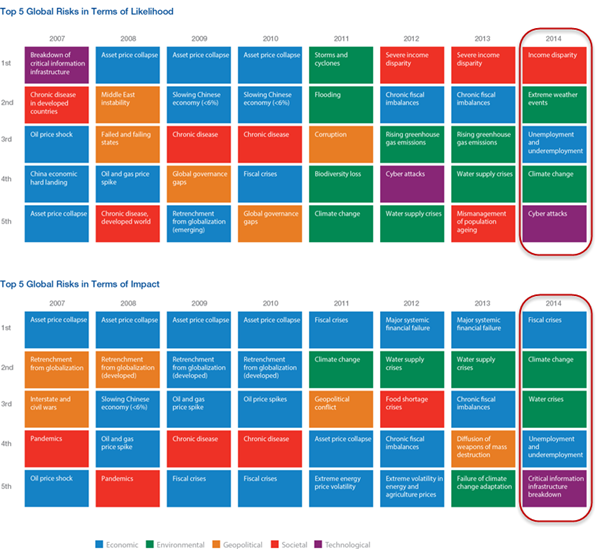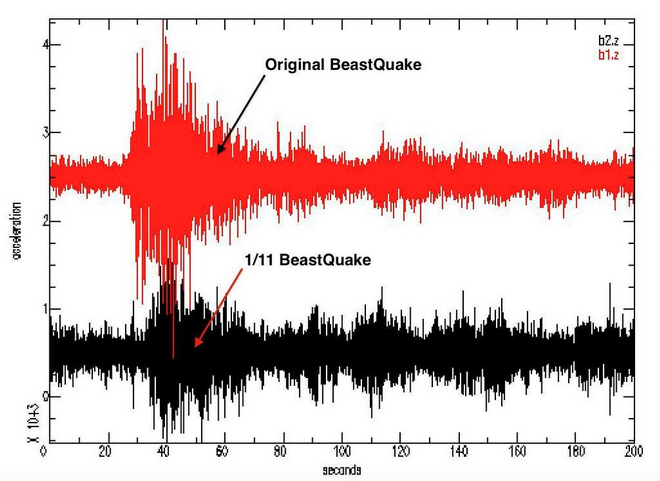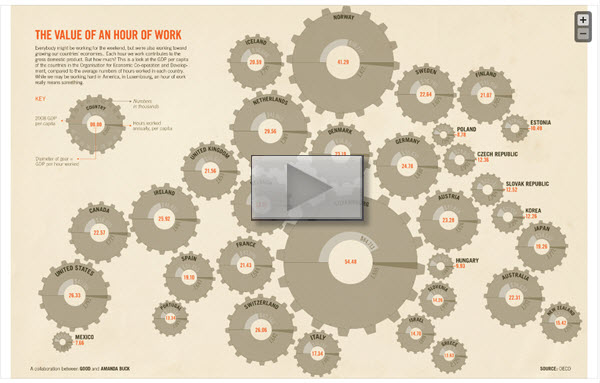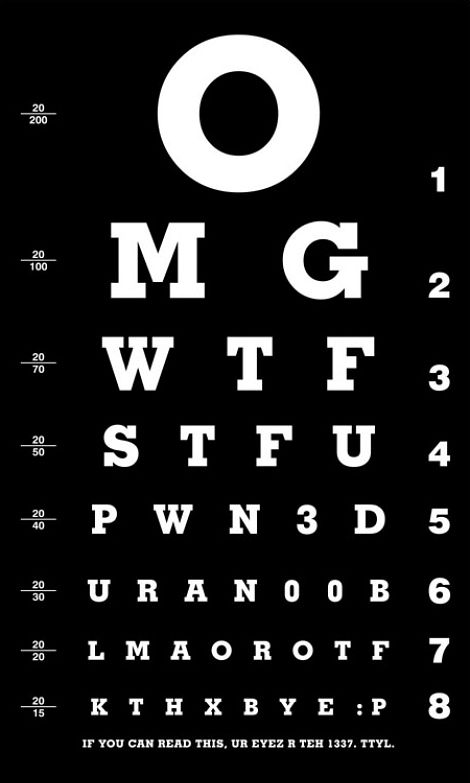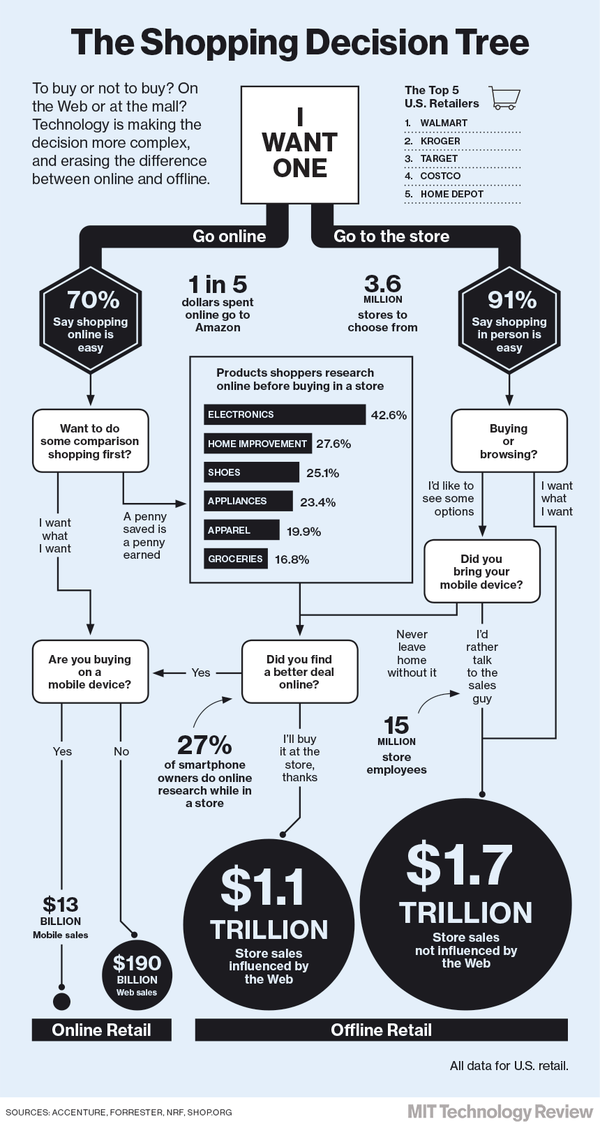If you hate writing personalized holiday cards, you'll love this tool. It does what it is supposed to, it's easy to use, and it's going to save you a ton of time and effort.
The Task I Put-Off Every Year.
Even though composing a message and signing cards is a relatively simple task, some part of me resents and resists it.
Call me Ebenezer Scrooge, but I don’t enjoy writing thank you notes and holiday cards.
On one hand that embarrasses me a little, because I recognize that both are expressions of appreciation and being grateful for relationships and nice things. On the other hand, it's the thought that counts. I can be grateful and appreciative without suffering. How much time and effort I spend is irrelevant to how much goodwill I feel or express.
EMail Merge Pro.
 That's why I recommend you try this e-mail merge software. It allows you to send personalized holiday cards, invitations or other messages, in a fraction of the time it used to take.
That's why I recommend you try this e-mail merge software. It allows you to send personalized holiday cards, invitations or other messages, in a fraction of the time it used to take.
This easy-to-learn, easy-to-use Outlook mail merge solution has a helpful Wizard interface that gets you up and running in minutes. It takes you through a step-by-step process that makes it very easy to select who you want to send to, and how you want to personalize the message (for example, adding a first name or some other information from the contact record).
Now that I have a "Holiday Card" category in Microsoft Outlook, the hardest part of the process is tagging the new people who I want to get a holiday card.
It is the Right Tool for the Job.
If you need to tap a nail into the wall, a chain-saw is not the right tool. Likewise, most people don't need commercial e-mail services. Still, it is a great convenience having a tool that you can use, from time to time, when you want to send personalized messages to a bunch of people.
EmailMerge is a one-time purchase that allows you to send unlimited emails to unlimited contacts no additional fees or costs.
I tend to use this program two or three times a year; and every time I use it I'm happy it's there and thrilled with how it performed. Here is a link to a video demonstration.
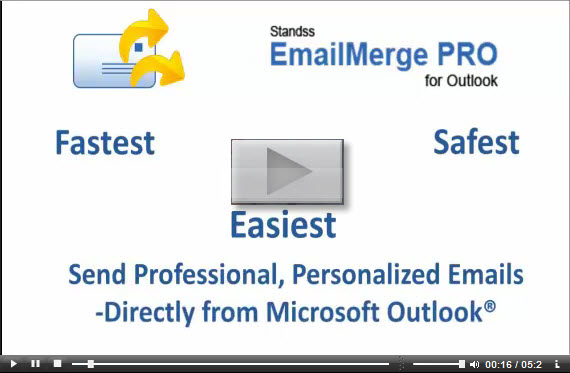
I've used this software for many years. It is stable, mature, and continuing to improve. I highly recommend that you download a trial from their website.
They also make a number of other add-ins for Outlook worth checking-out and have a blog worth reading.

